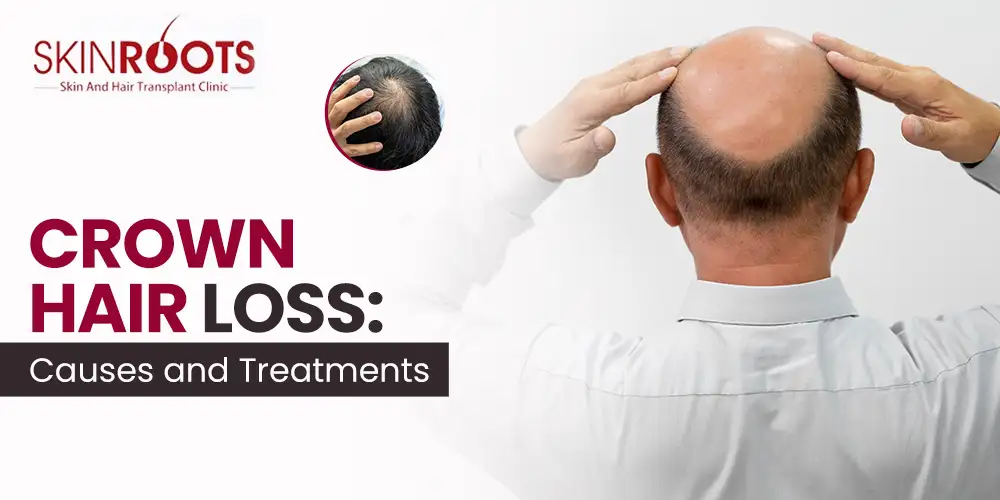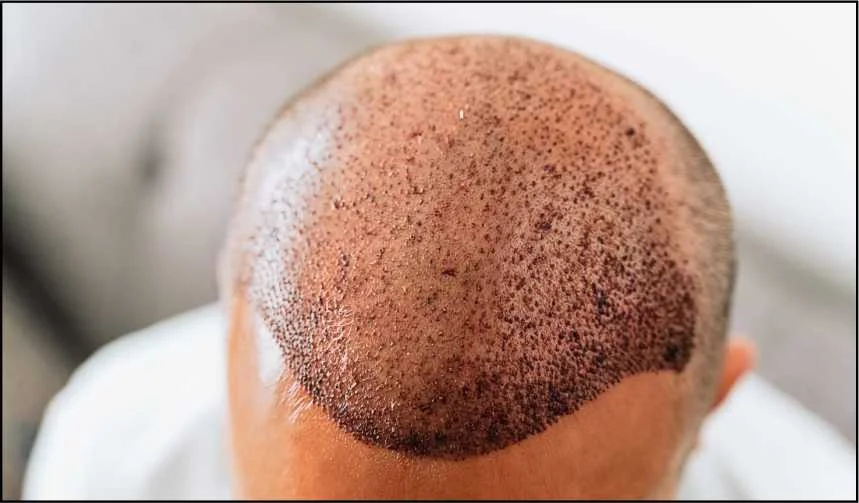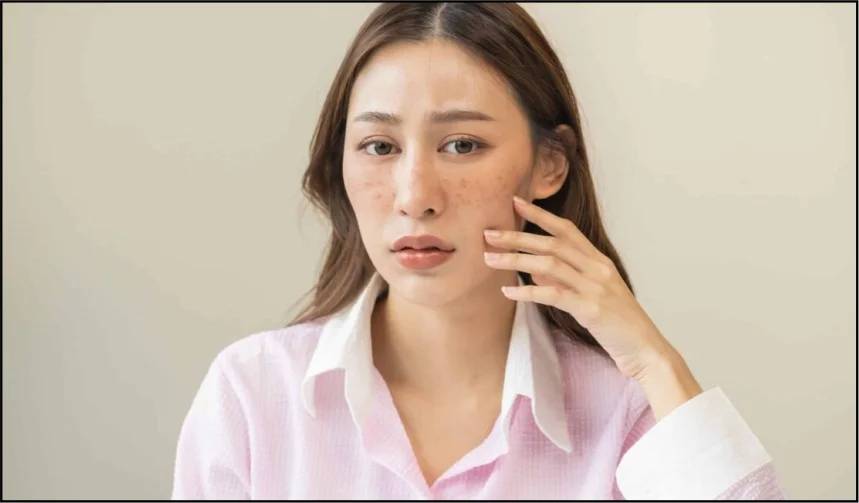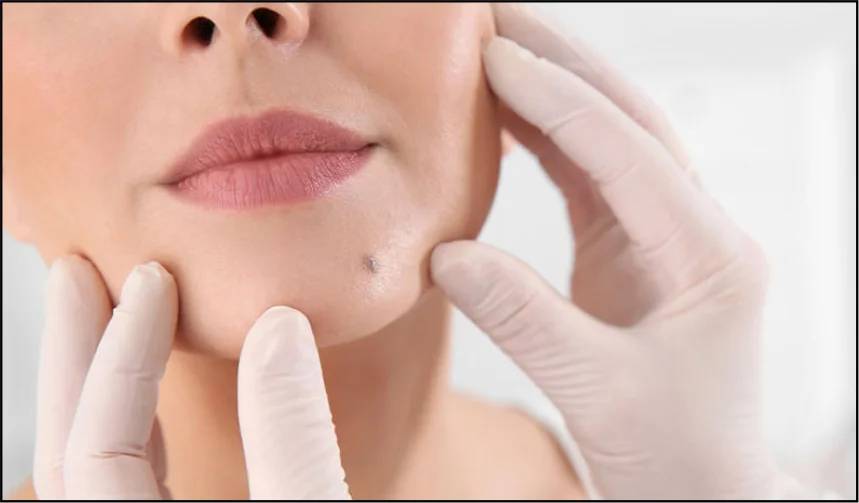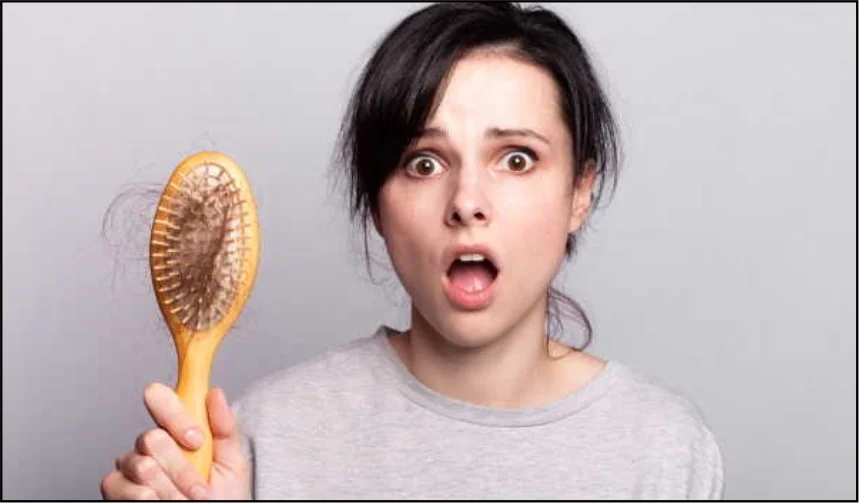Hair loss or thinning is a common issue that can affect both men and women at some point. The crown of the scalp is the highest point of the head and is more prone to visual effects if hair loss occurs. Some notice hair loss with receding hairline and thinning hair, and for some, it can be a bald spot around the crown or in any other parts of the scalp. Bald spots are different for everyone and can be considered as crown balding, like hair thinning, hair loss at the crown, double crown and receding hairline. Crown hair loss is more common among men than women, is the early sign of baldness and can indicate that you are suffering from male pattern baldness. It is best to seek a hair specialist before you go completely bald. Your immediate visit will help you to determine the root cause of the balding crown, as your treatment option can vary according to the cause. According to the nature and severity of your hair loss, experts will recommend the besthair loss treatment.
What is crown alopecia?
Hair loss and alopecia are connected, as crown alopecia is a condition that represents a specific pattern of hair loss, also known as crown balding. The condition is common and becomes noticeable early because of its location on the crown, which is a centre part of the scalp. The condition varies among individuals, starting with minor hair thinning and progressing to extensive baldness. Sometimes, people notice a small pitch that expands outward; other times, they see this patch that uniformly appears across the scalp. If you lose hair on the crown, you will notice local or overall hair thinning, which should be checked early to stop the balding from progressing. To notice the condition, you can hold a mirror on the back of your head if your crown hair is thinning. If yes, then it is best to seek the best hair clinic to have your hair checked and treated. Also, remember that crown alopecia or baldness is not always gradual; depending on the root cause, it can also be sudden. Crown alopecia is very much sudden and leaves bald patches on the scalp. If you need a permanent solution to crown alopecia, then getting a hair transplant is an excellent option for you.
Causes and Symptoms of Crown Hair Loss
Male pattern baldness is a termed use of baldness on the crown and is a hereditary condition that affects about 70 per cent of men at some point. The condition mostly affects males, but female pattern baldness also exists and has the same symptoms. Crown baldness is a common and visible sign of male pattern baldness, also termed as androgenetic alopecia. If the hair loss is specifically noticed on the crown area it is termed as crown alopecia. Men of all ages mostly experience the condition. The leading cause of alopecia in males is the presence of dihydrotestosterone, which is a potent androgen that changes into testosterone naturally. This DHT causes side effects and complications, including crown alopecia, because hair follicles are sensitive to it whi, which makes them shrink, weaken them and stop producing new hair, which leads to baldness. The condition is mainly hereditary and comes from the parental or maternal side, so if both the parents or any one of them have crown baldness, you may also experience it. Some other causes are also there, like :
- Prolonged stress in the follicles because of over-styling
- Pulling your hair too often
- If your immune system attacks your follicles by mistake.
- Telogen effluvium
- Medical therapy
- Nutritional deficiency
- Hormonal imbalance
- Trauma
- Illness
- Ageing
- Environmental factors
Crown balding, also known as vertex baldness, starts as a small circular area of hair thinning at the crown. There are many symptoms and identification signs of crown hair loss or hair thinning. Identifying these signs on time can help you to manage them effectively :
- The widening part line is a primary sign
- Hair recession at the back of the head creates a V Shape pattern
- Balding on an oval or circular area
- Reduction in hair density
- Visible scalp area
- If you notice finer hair in the crown area
- If you notice texture changes
- If you experience slow regrowth of hair on the crown
Diagnosis: Crown Hair Loss
Whether you struggle with losing hair because of hormonal changes, health issues or emotional stress, the hair loss of the crown area can take a toll both physically as well as mentally. If crown hair loss is your concern, consult the best dermatologist for diagnosis and treatment of alopecia hair loss. An expert dermatologist often diagnoses crown alopecia or crown balding by carefully looking at the hair thinning or balding area on your scalp and your nails. For proper and appropriate diagnosis, they may also use a dermatoscope, which magnifies and offers dermatologists a great view to determine the exact causes. They may also ask about your overall health and about the disease your close blood relatives suffer from. Also, they may perform a biopsy or recommend a blood test to determine medical issues like thyroid disease or levels of iron and vitamins. Once they get all the required information to confirm that you have alopecia, they will discuss your condition and the best option for treatment.
Crown Hair Loss Treatment Options
Hair loss can be temporary and permanent; alopecia is an issue in which hair follicles grow sensitive to androgenic hormones and start to shrink eventually causing hair loss. Crown hair loss can generally be diagnosed by the appearance and pattern of hair loss. If you suspect crown bling, you need to consult an experienced dermatologist who will help diagnose and treat the condition and provide a personalized treatment plan for your condition. After proper analysis of the root cause of the condition, a dermatologist will suggest the best treatment option for the condition. Some treatment options for crown alopecia are :
- Medications like Minoxidil Finasteride and dutasteride are recommended by the dermatologist.
- Hair Regrowth Treatment is another best hair loss treatment option. In this method, Hair Regrowth Treatment is injected into the scalp to help stimulate hair growth. The treatment involves drawing blood, collecting platelets, and injecting them into balding areas of hair loss in many sessions.
- Also, dermatologists use light therapy to stimulate hair follicles.
- Hair transplant is another popular crown alopecia in which hair follicles are extracted from the specific donor areas of the scalp, which has great hair growth and is implanted in the bald areas of the scalp. The procedure requires many sessions and is a permanent solution to hair loss or baldness.
Conclusion
Crown alopecia is actually an emotionally challenging problem . Fortunately, there are many treatment options available. If you notice a specific pattern of hair loss, it is best to consult an trained and experienced dermatologist to get checked and treated. On time diagnosis of crown hair thining is vital for successful treatment. It allows the dermatologist to address the issue before it becomes more severe and helps prevent future hair thinning and hair loss. To determine that you are experiencing hair thinning on the crown, you can visually inspect, touch, or bring your previous and latest photos. Monitoring your hair and scalp for changes helps you to detect hair loss early and to seek immediate time treatment. If you seek the best dermatologist in Delhi and Raipur for hair loss or crown balding treatments, visit Skinroots Skin and Hair Clinic for complete hair loss issues. The clinic is committed to excellence and provides a personalized treatment plan created as per your specific requirements. The clinic is also an excellent choice for the best hair transplant in Delhi, done by well-trained experts in diagnosing and treating many hair loss conditions, including alopecia treatment.
FAQs
What causes crown hair loss?
Crown hair loss primarily occurs at the top or pinnacle of the scalp and is influenced by several factors. There are numerous causes of crown hair loss hormonal changes, stress, genetics, nutritional deficiencies, etc. Other than these, crown hair loss is caused due to many conditions as well, including Alopecia Areta, Traction Alopecia, Male pattern baldness, Female pattern baldness, medications, aging, trauma, environmental factors like pollutants, and inadequate hair care practices.
How can I tell if I'm experiencing crown hair loss?
You can tell that you have crown hair loss when you notice hair thinning at the crown, which involves keen observation of some symptoms like :
- Widening of part line, especially at the top.
- Circular or oval bald area that looks like a distinct circle area of the scalp.
- Reduced hair density, making individual strands appear finer.
- If you notice visible scalp and miniaturized hairs.
- If you notice a change in texture and slower regrowth
Is crown hair loss treatable?
Yes, crown hair loss is treatable. You just have to consult the best dermatologists to take proper steps to help reduce the chances of experiencing crown thinning. A dermatologist will address crown hair loss by exploring many treatment options per your needs and preferences. Some effective treatment options are Minoxidil and Finasteride, topical solutions with nutrients, Hair Regrowth Treatment, light therapy, and hair transplant. For more minor cases of crown thinning, treatment can be done by medications, and for severe hair loss cases, you may need Hair Regrowth Treatment or a hair transplant procedure to get the desired results.
How effective is minoxidil for crown hair loss?
Minoxidil is an effective treatment option for crown hair loss that helps to regain hair, but it does not show 100 percent results if you have severe crown hair loss or hair thinning. Also the extent to which it will work varies as per individual and the extent of hair thinning. It assist to increase the size of hair follicles and also promotes the growth of thicker and stronger hairs. It is not only on the crown area, but it stimulates hair growth on all p[parts of the scalp, and as per new studies, the efficacy of the medication is proven and is excellent to use for receding hairline.
Can hair transplant surgery help with crown hair loss?
Hair transplant surgery for crown hair loss is considered as the best treatment because of its stunning results and high success rates. This surgical procedure, usually performed by the FUE technique, helps to restore hair growth in the crown scalp area where hair loss occurs. The method offers stunning outcomes and has high success rates.
Are there any natural remedies for crown hair loss?
There are many natural remedies to try out for crown hair loss, including massaging the scalp by using essential oils, trying out aloe vera to soothe the scalp, eating a balanced diet, applying henna, etc. Also, there are some supplements that can help promote hair growth. You must consult the doctor before taking any kind of supplements.
Can stress cause crown hair loss?
Stress is one of the primary causes of hair loss, specifically crown hair loss. Stress can impact hair follicles, leading to severe hair loss. There are some conditions that are associated with stress levels, including telogen effluvium, Trichotillomania, and Alopecia Areata. If you notice any sudden patch hair loss or more hair fall than usual then you may need to consult a dermatologist immediately.
How long does it take to see results in crown hair loss?
The results of crown hair loss treatment will depend upon the treatment you choose; like hair transplant it will take about a year to show noticeable results—medications given by the dermatologist for hair loss after six months of taking it regularly.
What treatments are available for crown hair loss?
There are many effective treatments available for crown hair loss, like minoxidil, finasteride, Hair Regrowth Treatment, light therapy, and hair transplant. Which is the best treatment for you will depend upon the type, extent, and cause of hair loss you experience.
Does wearing hats cause crown hair loss?
No, wearing a hat is not linked with hair loss, however, wearing an extremely tight flat can be the cause as it will pull hair roots and cause a rare condition termed traction alopecia. Also, wearing a hat regularly can make a receding hairline or baldness more noticeable, as it makes your hair look flat and messy.

